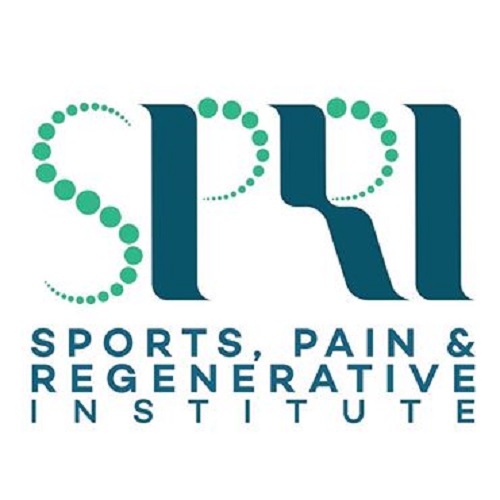Busting Myths About Regenerative Medicine
Regenerative medicine can be extremely useful in chronic wounds, soft tissue injury, nerve injury, muscle, tendon, cartilage, and bone treatment. In many cases, problems that had initially been thought untreatable or irreparable can now be successfully treated with regenerative medicine. Categories falling under this groundbreaking treatment are prolotherapy, PRP (platelet rich plasma), and stem cell use.
Before we start busting myths about regenerative medicine, we are going to take a look at what it is so a better understanding of it can be gained.
What Is Regenerative Medicine?
A medical field that harnesses the body’s regenerative properties in order to heal damaged or diseased organs and tissues – through the use of cells – is referred to as regenerative medicine. To provide pain relief, accelerate recovery and healing, and to replace lost tissue, it uses the body’s tissue components.
The following three areas are focuses of regenerative medicine:
- Restoring organ function and tissue using stem cells and cell products (these cells have the ability to transform into unlimited tissue types)
- With healthy donor tissue, replacing lost tissue and organs
- Improving the body’s healing capabilities
Now let’s take a look at some of the myths revolving around regenerative medicine
Myth Number One: It Is Risky To Use Regenerative Medicine
When it comes to new procedures and therapies, it is not uncommon for them to be referred to as “risky”. People are afraid of something new. In this case, the fear is not justified. To stimulate your natural healing process, the treatment uses harvested materials from your very own system/body. That’s not particularly risky. That’s natural.
Myth Number Two: Only Certain Conditions Are Appropriate For the Use of Regenerative Medicine
People may make the mistaken assumption that regenerative medicine is only good for Parkinson’s disease and the treatment of spinal cord injuries because massive research has been done in those areas (regarding the use of regenerative medicine). This couldn’t be further from the truth, however. Many soft tissue-involved injuries/conditions can be treated with regenerative medicine.
Here’s an example – For people with the osteoarthritis, this treatment has produced positive outcomes. To repair knee tendons, regenerative medicine has been used during surgeries
Currently under investigation/research is whether or not regenerative medicine will be able to help with inflammatory bowel disease, type I diabetes, heart problems, and other conditions, in the future.
Myth Number Three: Materials from Embryos Are Used in Regenerative Medicine
Use of stem cells and special types of stem cells are used in various forms of regenerative medicine. Umbilical cord blood does contain stem cells. However, not all regenerative medicine involves embryonic cord blood or special cells. Additionally, not all facilities offering regenerative medicine use embryonic stem cells.
Specialized stem cells are contained by almost every organ in your body. Knowledge of the regenerative properties of stem cells in fat tissue, bones, and other body parts has been in existence for a long time. Some of the latest research shows us that in order for them to behave more like embryonic stem cells, some adult stem cells can be reprogrammed genetically.
The caring experts at SPRI – Sports, Pain, & Regenerative Institute – are both knowledgeable and experienced in regenerative medicine. If you would like to find out more about the process or schedule a consultation, contact us today.
